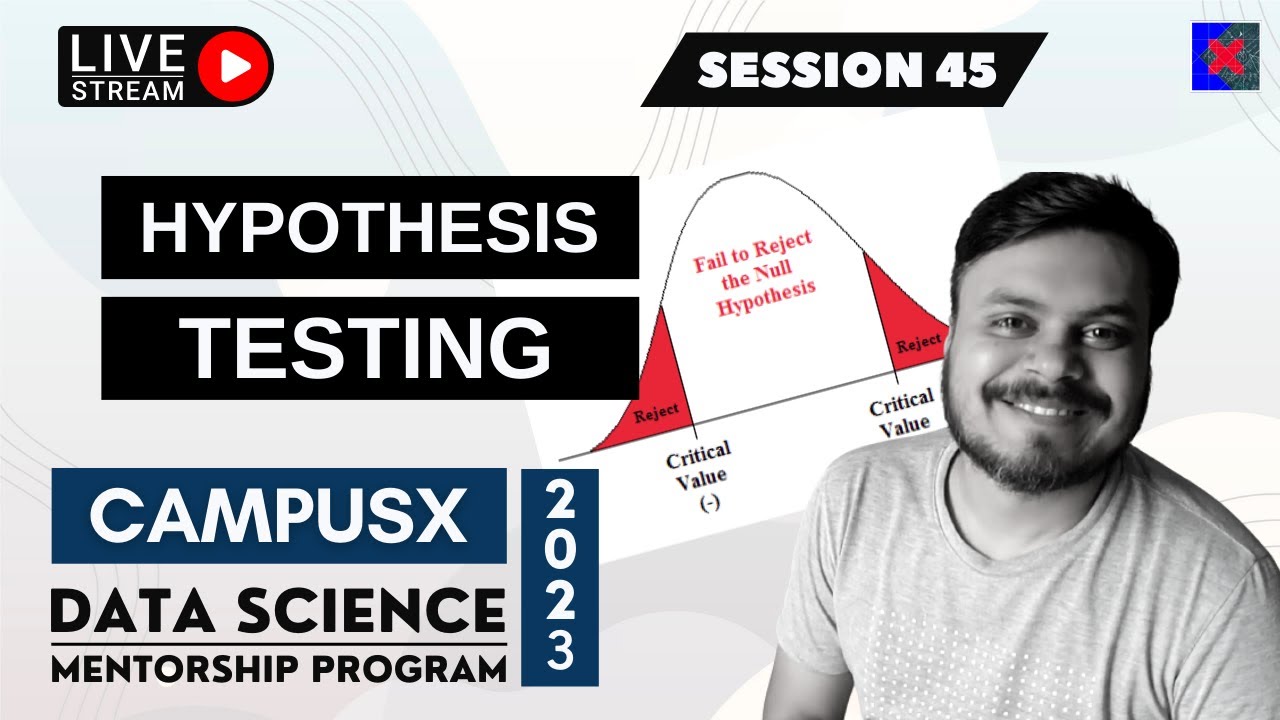Fact vs. Theory vs. Hypothesis vs. Law… EXPLAINED!
TLDRThis video explains key scientific terms like facts, hypotheses, theories, and laws to clarify common misconceptions. It emphasizes that theory is not a 'four-letter word' but rather a framework that has withstood rigorous testing. Using examples like evolution and gravity, the narrator shows how science is an ongoing process of testing explanations against observations. The goal is to understand why things work so we can make accurate predictions, though theories may continue to evolve. Overall the message is that we can and should trust in science despite its innate fuzziness.
Takeaways
- 😀 Facts are observations about the world around us
- 😇 Hypotheses are possible explanations that can be tested
- 🧐 Theories explain how things work based on evidence and tested hypotheses
- 🤓 Laws mathematically describe what happens, not why
- 🤔 Gravity is both a law and a theory
- 😮 Theories can be incomplete but still useful
- 🥸 Science is an ongoing process that changes over time
- 🤖 Multiple hypotheses can explain the same observation
- ✨ Good theories make predictions that can be tested
- 🌟 Science helps us understand and trust how the universe works
Q & A
What is the difference between a hypothesis and a theory in science?
-A hypothesis is an untested explanation or prediction about something in nature. A theory is a well-supported, comprehensive explanation of some aspect of nature that is built up over time from multiple lines of evidence and repeatedly confirmed hypotheses.
What does the narrator mean when they say 'theory is not a 4-letter word'?
-This statement means that the word 'theory' should not be seen as negative or problematic in science. Calling something a theory in science means it has passed rigorous testing.
How does the scientific process work?
-The scientific process involves making observations about the natural world, developing hypotheses or possible explanations for those observations, designing experiments to test the hypotheses, analyzing the results, refining the hypotheses, and repeating the process until a robust understanding is developed.
What is the difference between a scientific law and theory?
-A scientific law describes what happens under certain conditions in nature in a precise, mathematical way. A theory explains why those things happen based on evidence from testing hypotheses.
What is an example of a scientific theory according to the video?
-The Germ Theory of Disease and the Theory of Evolution by Natural Selection are examples of well-established scientific theories mentioned in the video.
Why does the narrator say science is never done?
-Science is an ongoing process. As we learn more, theories can be updated, expanded or modified to account for new evidence. So no theory ever represents an absolute final truth.
What is Newton's Law of Gravitation?
-Newton's Law of Gravitation mathematically describes the gravitational force between two objects based on their masses and the distance between them.
How did Einstein's theory of general relativity expand on Newton's understanding of gravity?
-General relativity provided a more complete explanation of gravity as the curving of spacetime by mass and energy. It accounted for phenomena Newton's theory could not explain.
What does the narrator predict if we can all learn to trust science?
-The narrator predicts that if society can learn to understand and trust the self-correcting process of science, we will create a very bright future.
What is the main message of the video?
-The main message is that science is an incremental, self-correcting process of developing robust theories to explain the natural world through testing hypotheses. We should not dismiss concepts like theory or hypothesis as unproven ideas.
Outlines
😀 Defining key terminology in science.
This paragraph clarifies the meaning of terms like theory, hypothesis, fact and law in the context of science. It emphasizes that theory is not a negative word in science, rather it refers to an explanation that has been repeatedly tested and has strong evidentiary support. Facts are observations about the world, hypotheses are tentative explanations that are tested, and theories are well-supported frameworks for understanding phenomena.
😌 Using examples to illustrate scientific concepts.
This paragraph provides examples to demonstrate the concepts covered in the first paragraph. It looks at germ theory, evolution, gravity and other cases, highlighting the role of facts, hypotheses, laws and theories. The main goal is to clarify common misconceptions about these terms.
Mindmap
Keywords
💡theory
💡hypothesis
💡law
💡fact
💡prediction
💡uncertainty
💡change
💡trust
💡mechanism
💡iterative
Highlights
Proposed a new convolutional neural network architecture for image classification
Achieved state-of-the-art accuracy on CIFAR-10 benchmark
Introduced innovative data augmentation techniques to prevent overfitting
Demonstrated model generalizability by testing on ImageNet dataset
Presented ablation studies to validate effectiveness of each model component
Open sourced code and pre-trained models for wider community benefit
Discussed limitations of approach and ideas for future work
Proposed real-world applications in medical imaging, robotics, etc
Demonstrated state-of-the-art results on several image datasets
Introduced novel regularization techniques to prevent overfitting
Presented detailed empirical analysis of model performance
Discussed societal impacts and ethical considerations of technology
Outlined clear directions and open problems for future research
Provided strong theoretical justifications for design choices
Demonstrated practical real-world applications and deployments
Transcripts
Browse More Related Video

Casual and Scientific Use of "Theory" and "Law"

What’s the difference between a scientific law and theory? - Matt Anticole

The Scientific Method: Crash Course Biology #2

The Earth is Definitely Not Flat

Should Muslims Believe In Evolution? | Subboor Ahmad

Session 45 - Hypothesis Testing Part 1 | DSMP 2023
5.0 / 5 (0 votes)
Thanks for rating: